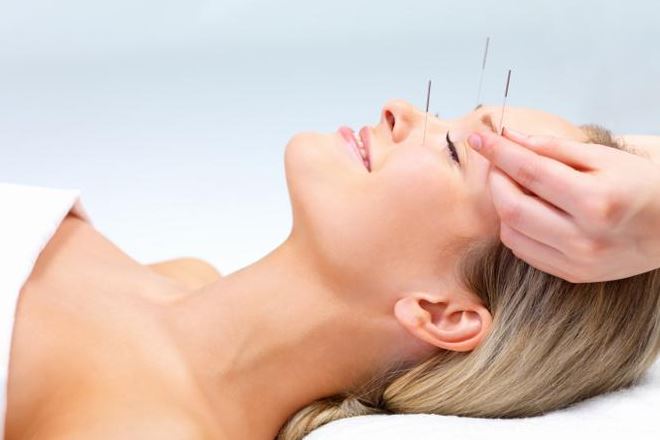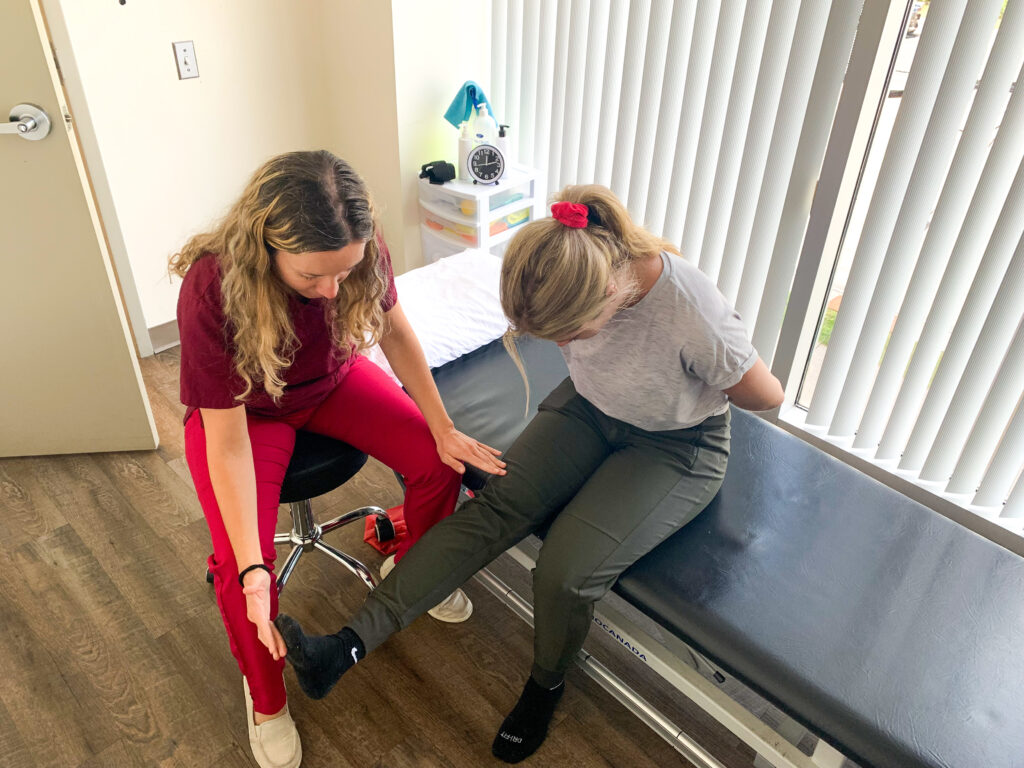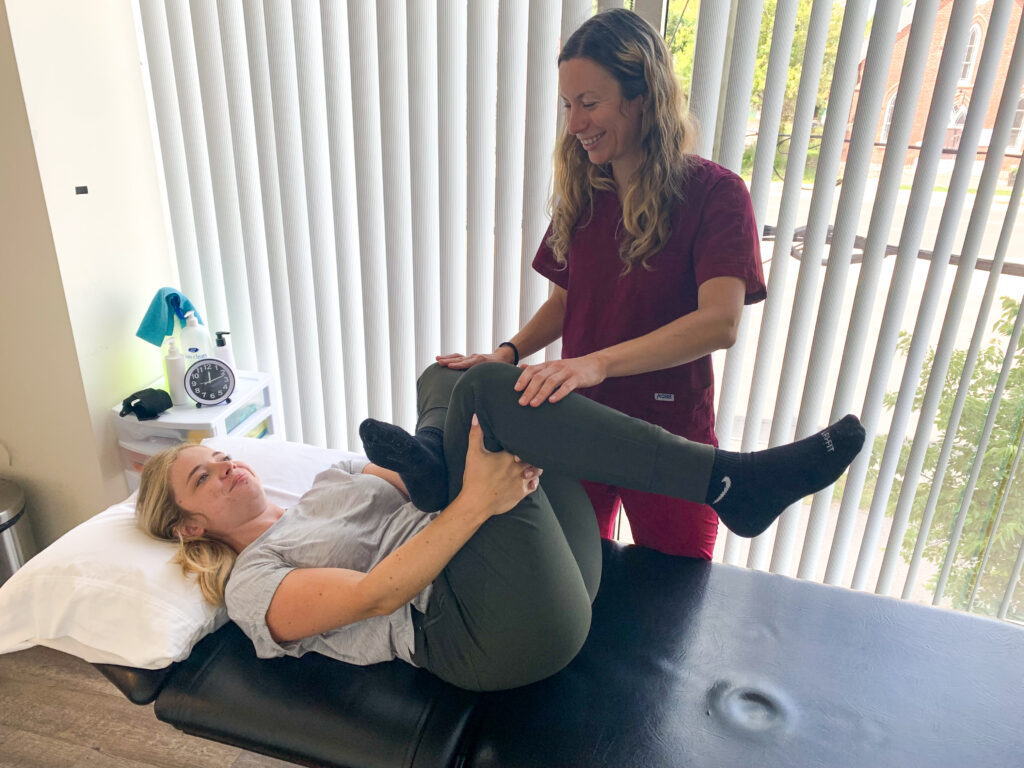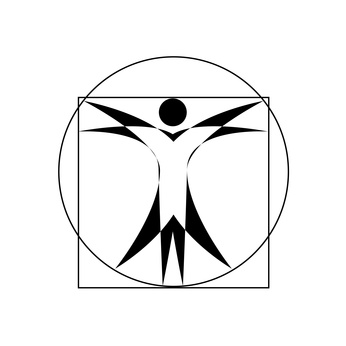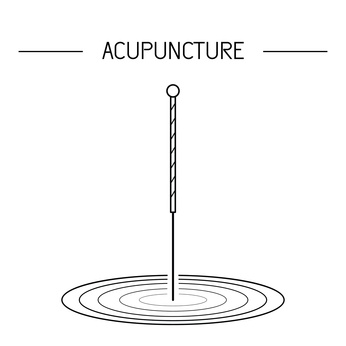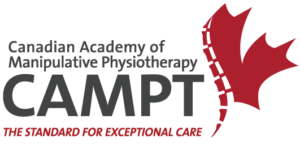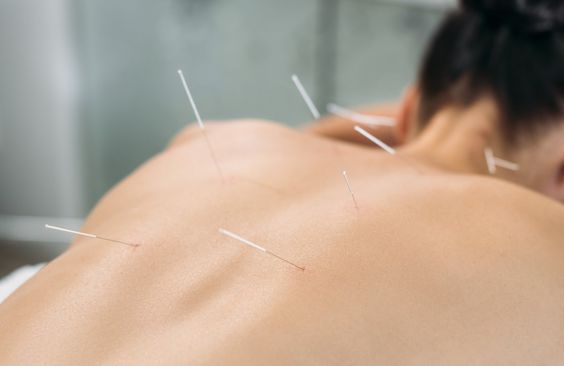
In the realm of pain management, conventional treatments like medications and physical therapy often take center stage. However, there exists a centuries-old practice that has been garnering increasing attention for its effectiveness in alleviating various types of pain: acupuncture. Originating from ancient China, acupuncture involves the insertion of thin needles into specific points on the body to stimulate energy flow, known as qi (pronounced “chee”). Let’s delve into the world of acupuncture and its role in pain management.
Understanding Acupuncture:
At the heart of acupuncture lies the concept of balancing the body’s energy flow to promote health and well-being. According to traditional Chinese medicine, disruptions in this flow can lead to pain and illness. By targeting specific points along meridians or pathways in the body, acupuncturists aim to restore harmony and alleviate discomfort.
The Process:
During an acupuncture session, a trained practitioner inserts thin needles into predetermined points on the body. These points may vary depending on the individual’s condition and the type of pain being addressed. The needles are typically left in place for about 15 to 30 minutes while the individual relaxes. Some may experience a tingling sensation or mild discomfort initially, but many report feeling deeply relaxed during the session.
Efficacy in Pain Management:
Numerous studies have explored the efficacy of acupuncture in managing various types of pain, including chronic back pain, osteoarthritis, migraines, and even post-operative pain. Acupuncture stimulates the release of endorphins, the body’s natural pain-relieving chemicals and it modulates neurotransmitters involved in pain perception.
A Holistic Approach:
What sets acupuncture apart from conventional pain management techniques is its holistic approach. Rather than just targeting symptoms, acupuncture addresses the underlying imbalances within the body. This comprehensive perspective resonates with many individuals seeking alternatives to pharmaceutical interventions, especially those concerned about potential side effects.
Contact us!
Take the first step towards recovery by contacting us today or using our online booking system to schedule your initial acupuncture assessment and treatment.

